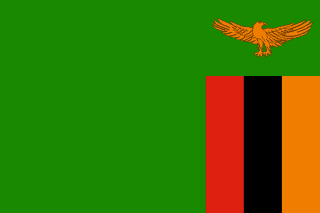Lusaka - Introduction

About Lusaka
Lusaka Current Weather
Lusaka, Zambia
2025-12-10 15:30
Patchy rain nearby
24.7°C
Temperature:24.7°C |
76.5°F
Feels like:26.2°C |
79.1°F
Other weather information:
| Parameter | Value |
|---|---|
Wind 
|
5.8 km/h |
Pressure 
|
1009 mb |
Humidity 
|
67% |
Visibility 
|
9 km |
UV Index 
|
3.5 |
Precip 
|
0.67 |